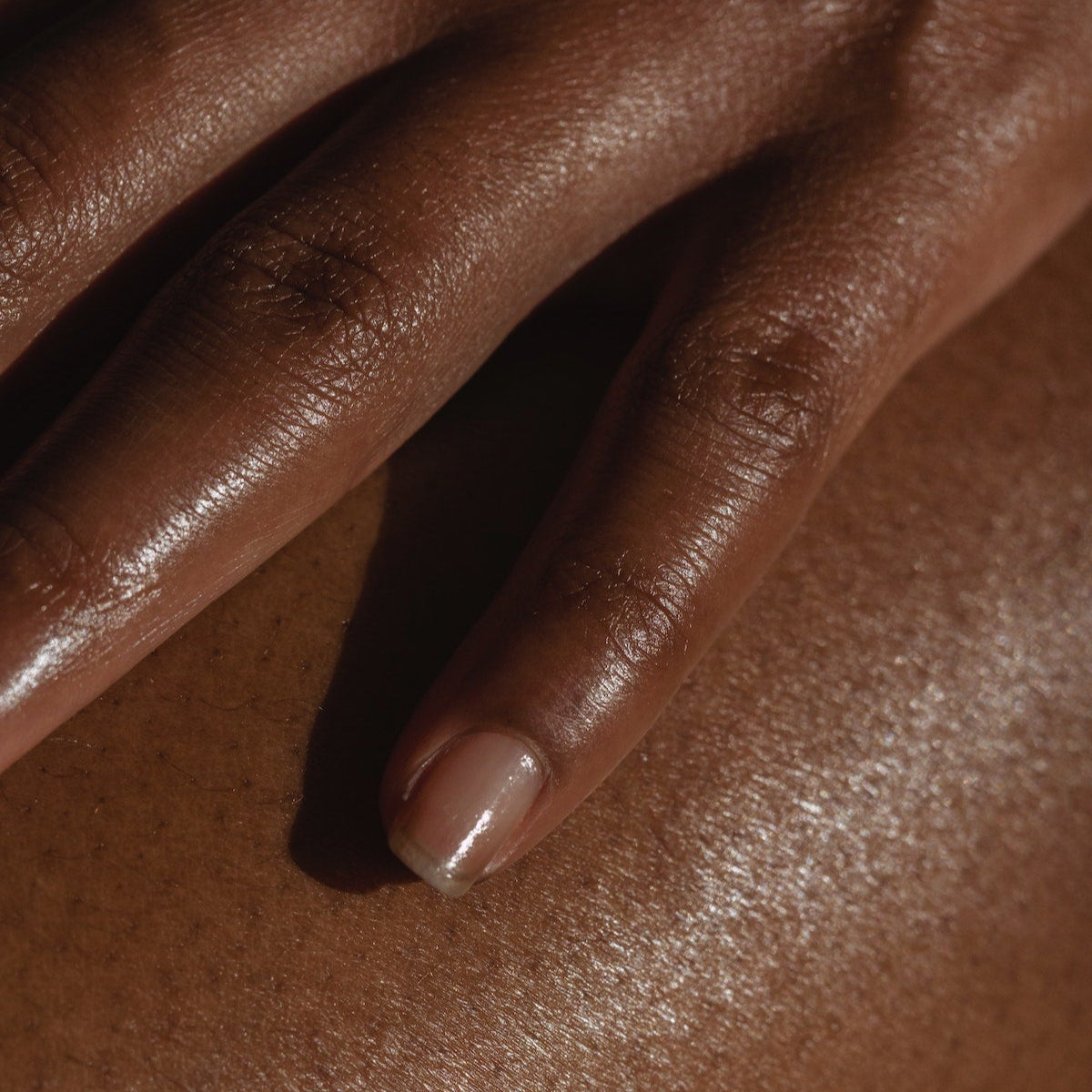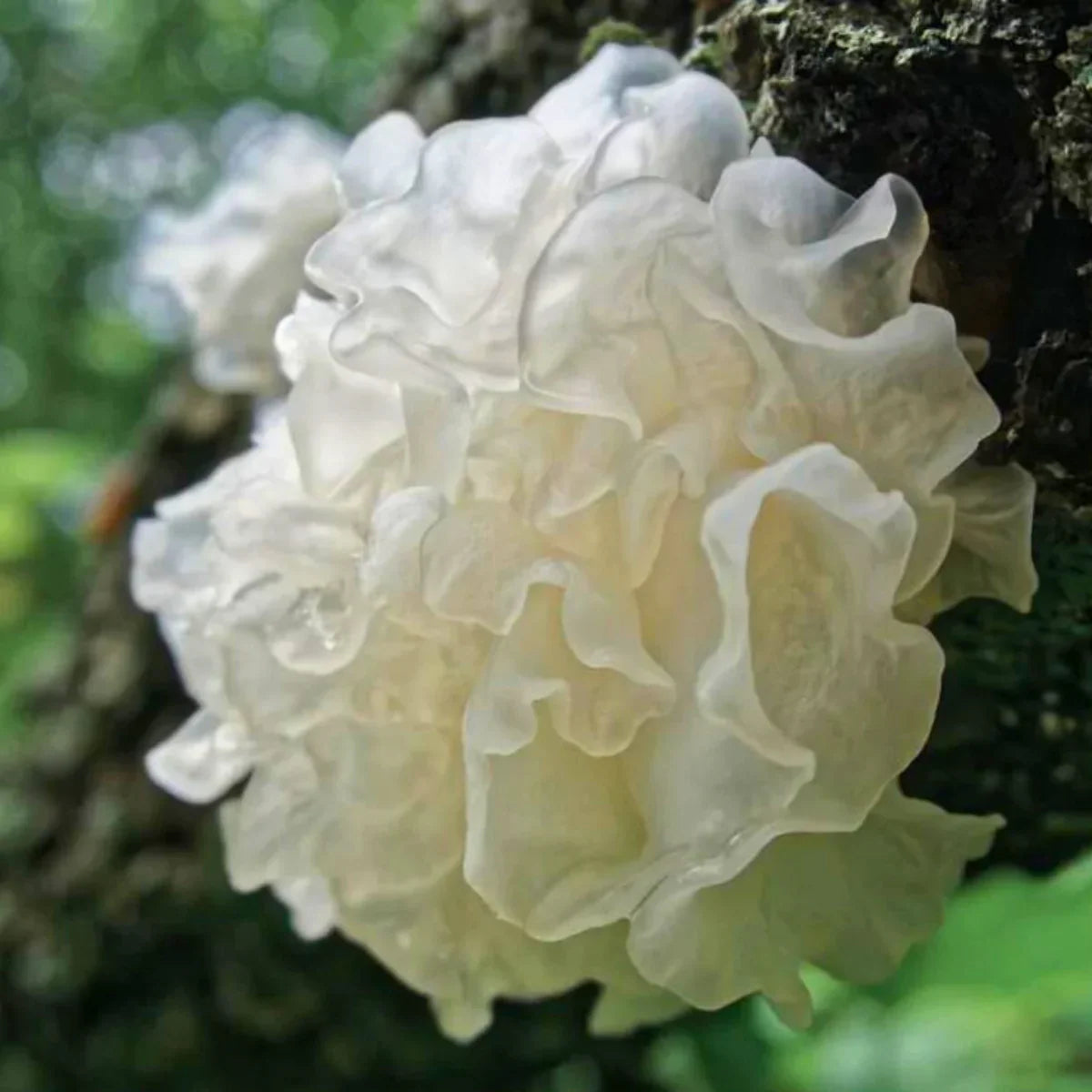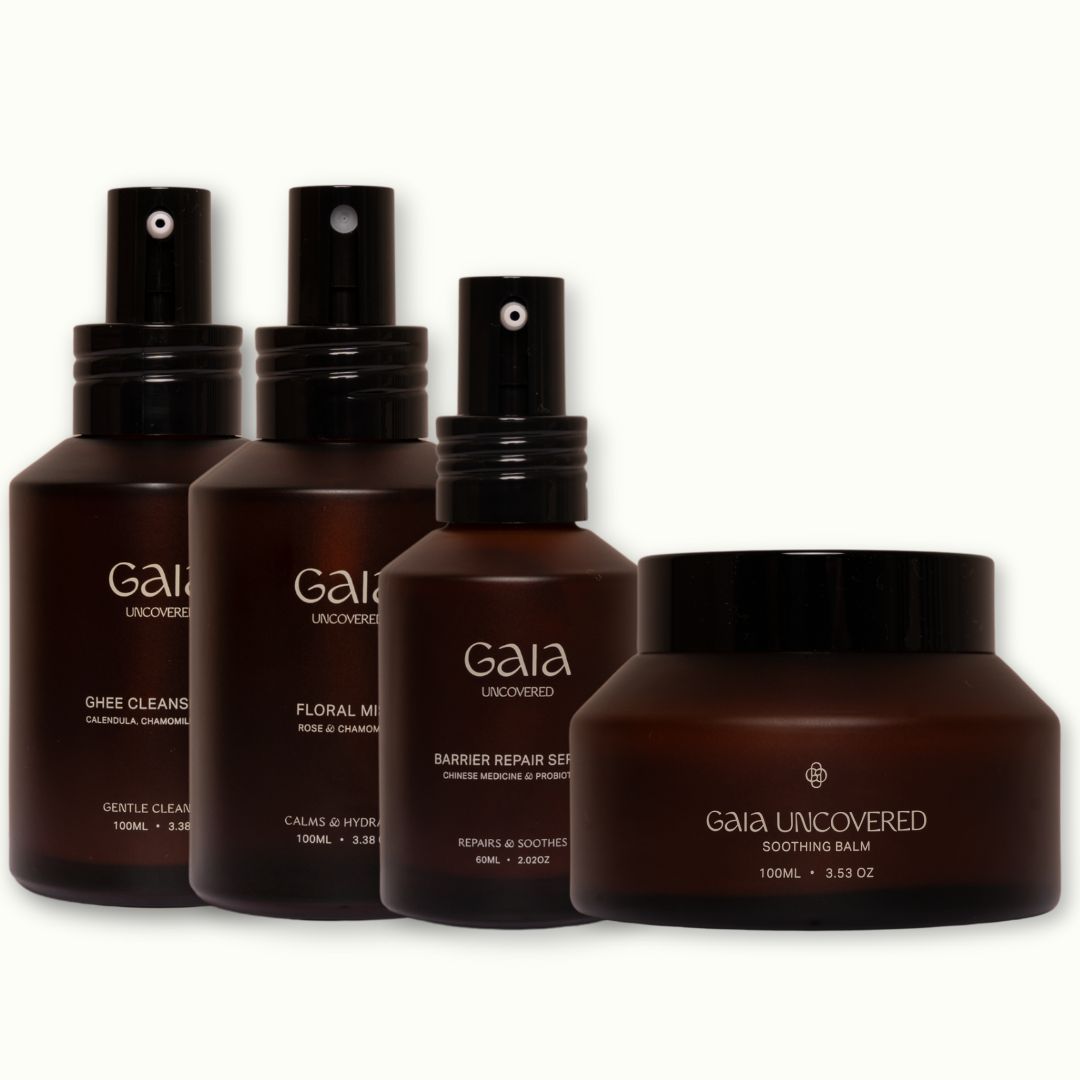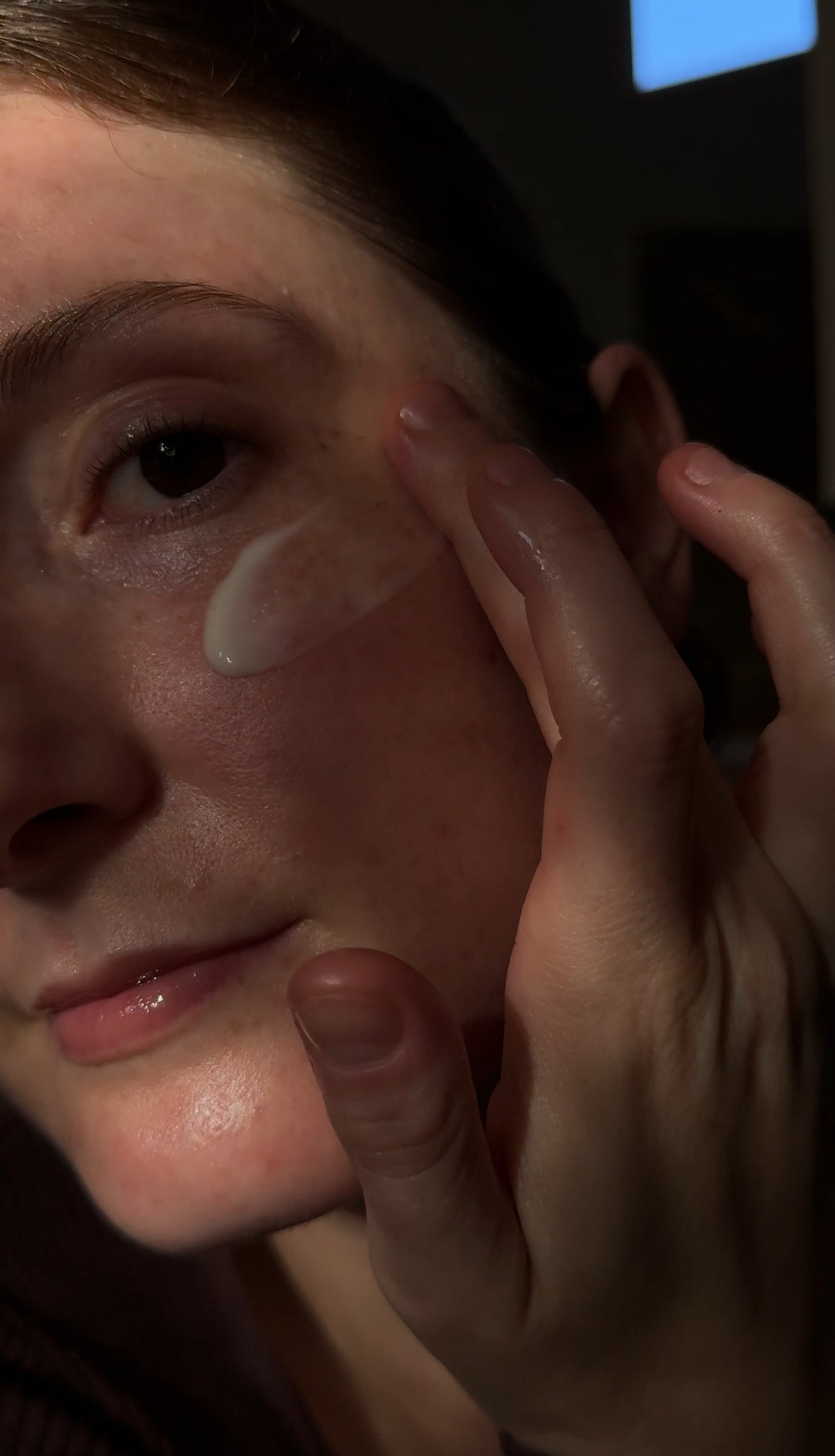The natural skincare world is buzzing with excitement over traditional ingredients like tallow and honey. Both are revered for their individual benefits—tallow for its deeply nourishing, bio-compatible fats, and honey for its antimicrobial and humectant properties. On the surface, combining them seems like a dream. But when it comes to formulating a tallow and honey balm (also known as a tallow honey balm), the science tells a different story.
The Problem with Mixing Tallow and Honey
Tallow is an oil-based ingredient, while honey is water-based. These two substances are immiscible—they do not naturally mix. Without proper emulsifiers and preservatives, this combination becomes a breeding ground for bacterial and microbial growth—especially if the tallow used has been wet-rendered (rendered with the addition of water).
Here’s why this combination can be problematic:
1. Wet-Rendered Tallow + Honey = Moisture + Sugar = Bacteria Heaven
Wet-rendered tallow still retains small amounts of water, even if it appears solid. When combined with honey—a substance rich in natural sugars—you’ve essentially created a moist, sugar-rich environment, which is ideal for microbial growth. This becomes even more concerning if the balm is stored in a warm or humid environment, like a bathroom shelf.
Unless a broad-spectrum preservative is added (and properly pH-balanced), this kind of balm poses a serious risk of contamination, which can lead to skin irritation, breakouts, or even infections.

2. Without Emulsifiers, It Will Separate Over Time
Honey and tallow do not naturally bind. In formulations without a proper emulsifier, these ingredients will separate—leading to an unstable, inconsistent product. You may open your jar to find a slick layer of fat sitting above a sticky layer of honey. Not only is this visually unappealing, but it also means the product is no longer delivering its intended benefits evenly.

3. Honey Draws in Water—Which Can Spoil Your Balm
Honey is a natural humectant, which means it draws moisture from the air. In a balm without preservatives, this creates the potential for water to be pulled into the product—further increasing the risk of mould and spoilage.
4. Not All Honey Is Created Equal
Some honey (especially raw, unprocessed honey) may contain natural yeasts and bacteria, which are perfectly safe in food when stored properly—but can become problematic in an improperly preserved skincare product. Pair this with moisture from wet-rendered tallow, and your balm could begin to ferment or go rancid.
Safe Formulation Requires More Than Good Intentions
If you’re making or buying a tallow and honey balm, it’s critical to ensure:
- The tallow has been dry-rendered or purified without water.
- A proper emulsifier is used to bind the water and oil components.
- A broad-spectrum preservative is included to prevent microbial growth.
- The product is lab-tested for microbial stability if it’s intended for commercial sale.
Final Thoughts: Is a Tallow Honey Balm Ever Safe?
A tallow and honey balm can be done safely, but not in the rustic, kitchen-style way that many DIYers or small brands may attempt. It requires formulation expertise, understanding of emulsification, preservation, and microbial safety. Without this, what may seem like a nourishing blend could become a serious skin hazard.
When in doubt, trust products that have been formulated with safety, stability, and efficacy in mind—not just trends.
Read more

If you’re serious about skin health, eliminating PUFAs from both your diet and your skincare routine is a must. These unstable fats accelerate inflammation, aging, and skin barrier damage, countera...

Many people struggle with redness, irritation, and flare-ups due to a compromised barrier or overly aggressive skincare routines. Tremella mushroom’s anti-inflammatory compounds help calm and sooth...




Leave a comment
This site is protected by hCaptcha and the hCaptcha Privacy Policy and Terms of Service apply.